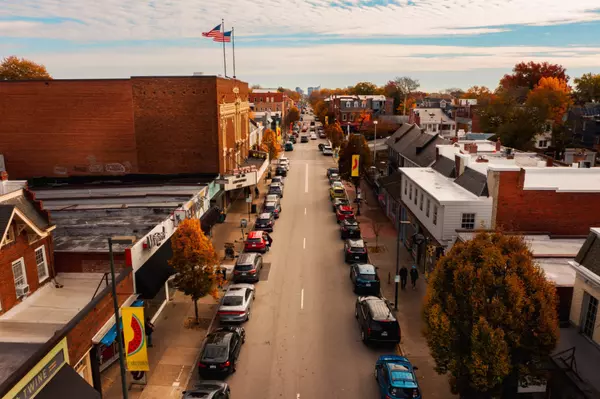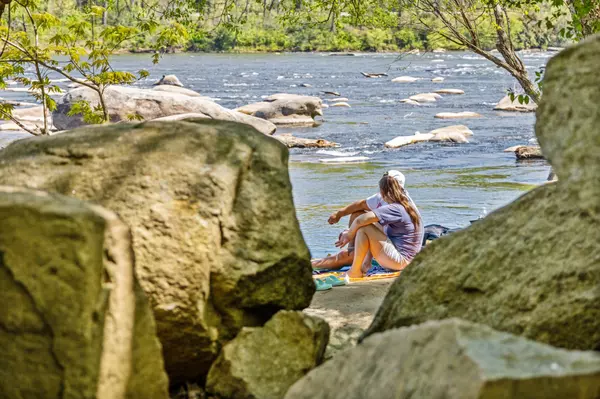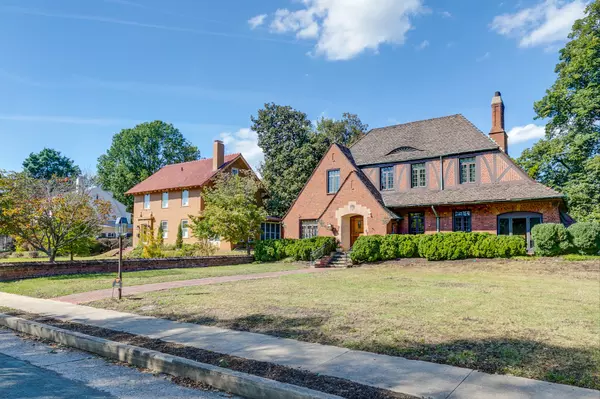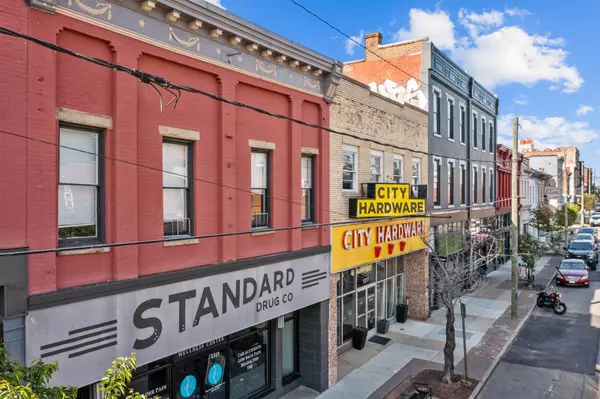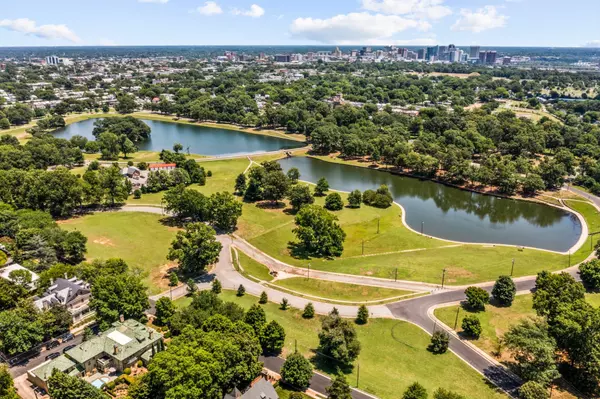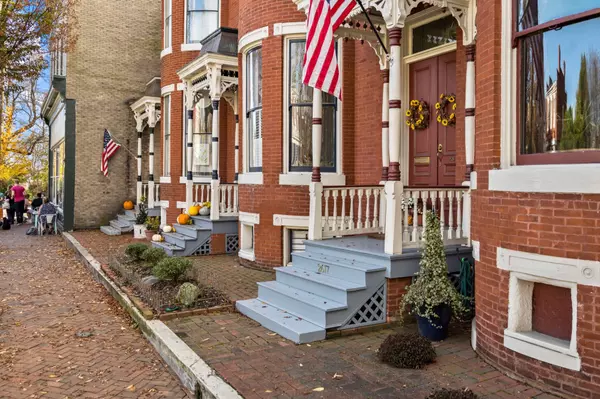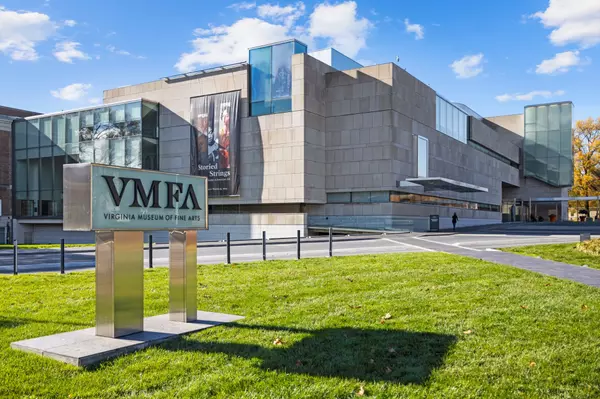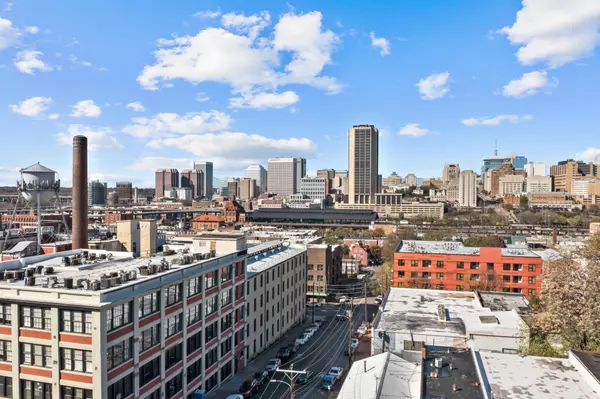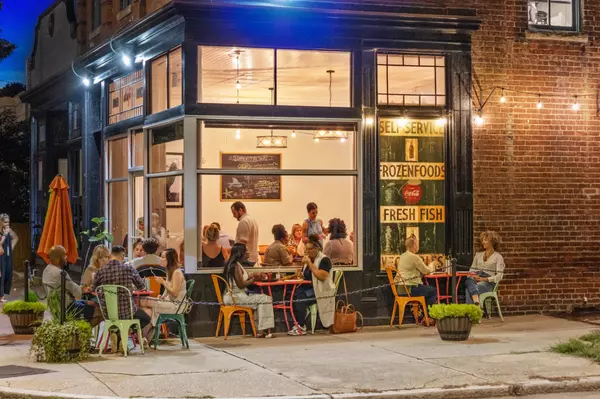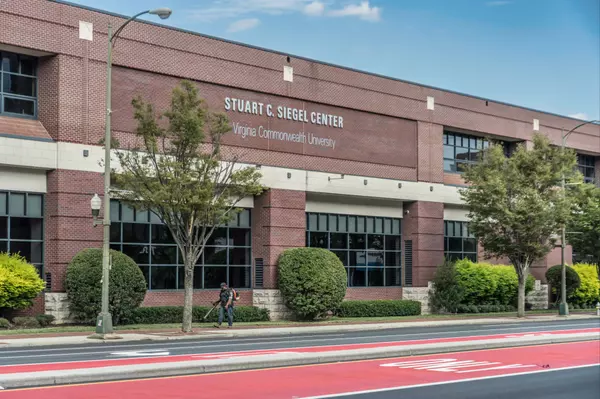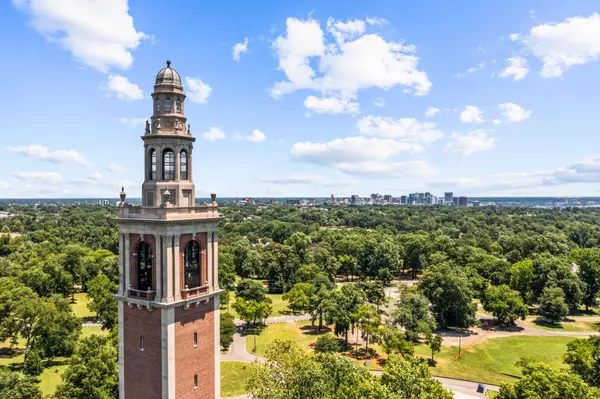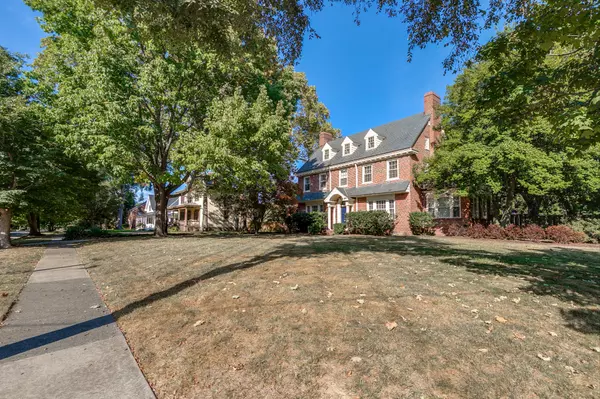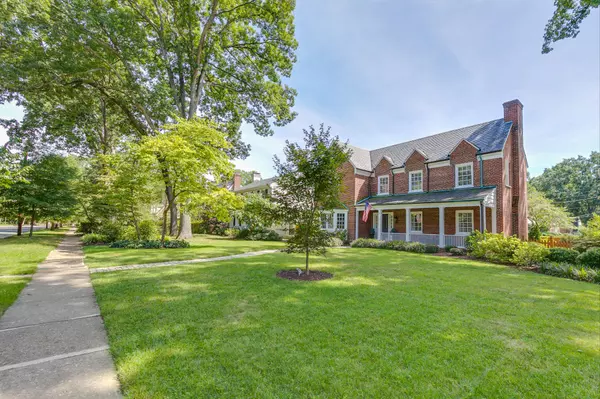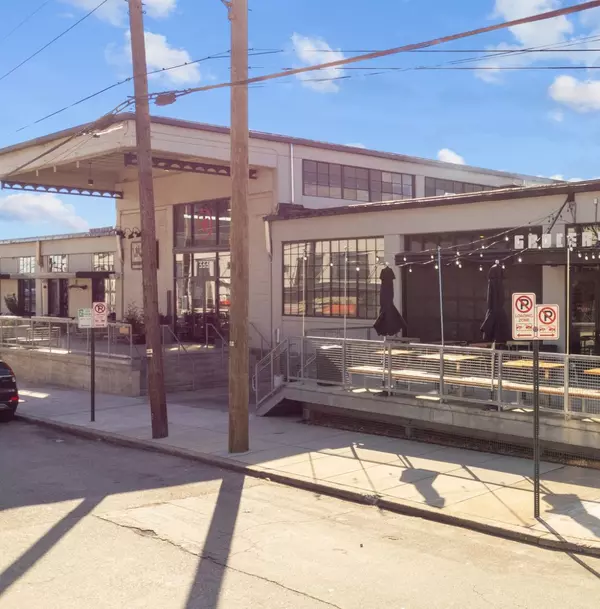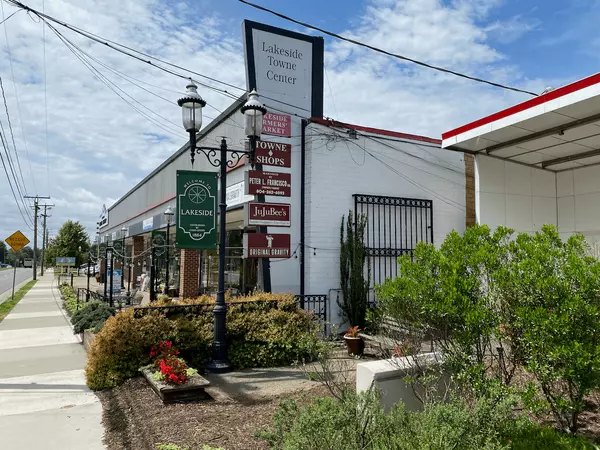CARYTOWN
Carytown: A Neighborhood Less Ordinary Carytown is probably one of the most well known neighborhoods in Richmond. It has a personality all its own and is known to some as "the mile of style". Locals and tourists are drawn to the area by its restaurants, boutiques, shops, coffee shops, historic movie
WESTOVER HILLS
Westover Hills: A Popular Neighborhood By The River Westover Hills, a charming and popular neighborhood in Richmond, Virginia, is nestled on the picturesque south banks of the James River. Its location is flanked by the beautiful Stratford Hills to the west and Forest Hill to the east, creating a tr
LABURNUM PARK
Laburnum Park: Not Your Typical Urban Neighborhood If you're looking for a historic neighborhood with spacious homes, large lots, and beautiful streets, Laburnum Park might be the perfect place for you. Located in the Northside of Richmond, VA, Laburnum Park is one of the most coveted neighborhoods
MANCHESTER
Manchester: Transformation In Progress Richmond, Virginia, pulsates with diverse neighborhoods, each weaving its unique narrative into the city's vibrant fabric. Among these, Manchester stands out as a captivating blend of history, reinvention, and community spirit. Industrial Roots and Urban Reviva
BYRD PARK
Byrd Park: Reside by the Park, Live the Experience Standing at Arthur Ashe Boulevard's southern end, Byrd Park isn't just a verdant oasis but a beautiful neighborhood that happens to share its name. Born in the late 19th century with the city's reservoir construction, the park's history is as rich a
CHURCH HILL
Historic Church Hill: A Revolutionary Neighborhood (Ha!) Richmond, Virginia, a city steeped in history and character, boasts a tapestry of neighborhoods, each with its own unique story. Among these, Historic Church Hill stands out for its role in two extremely significant events in our nation's hist
MUSEUM DISTRICT
The Museum District: Immerse Yourself in City Living Surrounded by History, Art and Rowhouses The Museum District in Richmond, Virginia, is a captivating blend of history, culture, and community. As part of the National Register of Historic Places, this district boasts a rich past and architectural
SHOCKOE BOTTOM
Shockoe Bottom: From Trade Hub to Urban Community Welcome to Shockoe Bottom, where history, culture, and modern living converge. As one of Richmond's oldest neighborhoods, Shockoe Bottom has witnessed centuries of transformation, from bustling trade hub to vibrant urban community. Let's explore what
JACKSON WARD
Jackson Ward: A Culturally Significant Community With Deep Roots Just North of Downtown Richmond, Virginia, Jackson Ward is a neighborhood steeped in history, culture, and architectural beauty. As you explore its streets, you'll discover a vibrant past and a promising future. Let's delve into what m
CARVER
Carver: Where History Meets Urban Convenience Nestled near the heart of Richmond, Carver has evolved over time, offering a unique mix ofresidential and industrial spaces. Whether you’re considering buying a home or investing in realestate, Carver deserves your attention. Origins and Evolution 1. She
CARILLON
Carillon: A Neighborhood Built on History, Culture and the Outdoors Tucked away behind Byrd Park and above the James River, the Carillon neighborhood is a unique and diverse residential area in the heart of Richmond, Virginia. Its surprisingly rich and complex history unfolds like a captivating stor
GINTER PARK
Ginter Park: Classic Historic Charm Ginter Park, nestled in Richmond's Northside, is a captivating neighborhood with a rich history and a blend of urban and suburban vibes. Let's explore what makes Ginter Park a sought-after community for homebuyers and investors alike. Origins and Vision Major Lewi
SHERWOOD PARK
Sherwood Park: An Often Overlooked Corner of Northside Nestled away in the corner of Northside and just a mile north of downtown Richmond, the historic neighborhood of Sherwood Park offers a modestly-sized, early 20th century homes... many with large yards not typically found in an urban area in suc
SCOTT'S ADDITION
Scott's Addition: A Richmond Success Story Welcome to Scott’s Addition, a formerly industrial area that has experienced significant transformation in recent years. This bustling neighborhood in Richmond, Virginia is filled with adapted / repurposed warehouses and factories that draw residents, entre
LAKESIDE
Welcome to Lakeside — a hidden gem nestled within Henrico County. This vibrant neighborhood, bordered by Bryan Park to the south, Hermitage Road to the north, Galaxie Road to the west, and Lakeside Avenue to the east, has been capturing the hearts of locals with its central location and a host of en

Corby Hicks
Phone:+1(804) 937-7540

